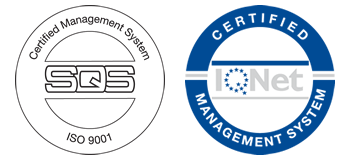
CRISIS MANAGEMENT
IN A DIGITALISED AND MULTI-CRISIS WORLD
In April 2022, 50 professionals representing 8 different industries participated in a workshop on Crisis Management as part of the International SOS Annual Conference. Under the guidance of Gautier Porot, Security Director Switzerland and Italy, and Xavier Carn, Vice-President Security, EMEA at International SOS, they assessed the importance of risk anticipation in a globalised, digitalised and multi-crisis world.
Below, you will find the key insights, based on crisis management essentials.

Information, triage, data, risk & opportunity identification, development



• More time to prepare
• Lack of information but need more
granularity
• Search for true vs false
• Global incident with local special
impacts
• Need for weak signal watch (indicator of a
potentially emerging issue, that may become
significant in the future)
• Information and use of established
guidelines are key
• Scenario planning
• Simultaneous, sometimes contradictory
information flows
• Identical info gathering process
• Need for reliable and independent source
of information
• Identify risks and opportunities
• Open source, social media as useful as
private: must work on all
• Need for anticipation
• Close observation of local government
statements and social media feed
• More intense, dynamic, too much
information
• Red teaming (process of using
techniques and procedures to
emulate a real-world threat)
• Early activation needed
• Local impact and possible
developments
• Isolated incident with global impact
• Information flows with a strong
political bias
DID YOU KNOW?

Has your organisation acted on any issues, gaps or inconsistencies that arose as a result of the COVID-19 pandemic?
Crisis Management Gap Analysis helps you anticipate, adapt, and respond to major disruptions, ensuring business continuity, while protecting your employees and assets.

Team activation, composition, dynamics, process, articulation, work



• Medical led
• Need for external staffing
• More expertise was needed
• Proactive
• Global CMT with regular meetings
• Building Team alternative (options & mix)
with the right “team members”
• Hot & cold lessons learned and external
feedback are key
• Need for process in the first hours/day
• Have an action plan with clear deadlines
• Involve key stakeholders only
• Regular CMT communication is key based
on accurate and verified information
• Open source, social media as useful as
private: must work on all
• Need for an anticipation cell
• Close observation of local government
statements and social media feed
• Security led
• Reactive
• Less expertise
• Decentralized (Local C/LMT)
• CMT meeting on demand and
according to intensity
• Implementation of a strategic task
force to focus on possible collateral
impacts

Crisis solving, workstreams identifications, objectives setting, leadership, expertise, guidelines



• Global – Regional - Local
• Some existing guidance
• Strong business continuity
component (but need for flexibility)
• To be solved globally
• Strategic decisions were by
leadership
• HR guidelines were key
• "Surf the wave" approach
• Social pressure in companies exacerbated
around vaccination
• Disempowerment
• Scenario planning and use of established
guidelines
• Benchmarking with peers
• Regulations change and differ
• Need for a structured approach with
involvement of strategic external expert to
vet
• Decision making in hands of CEO, but
problem solving in hands of experts
• Need to train process annually and monitor
situation control in parallel of problem
solving
• Local – Regional - Global
• People security
• Few guidance
• Easier response to prepare and
activate
• Use of the scenario approach
• Intelligence gathering was key to
decide
We have summarised all all the information on this webpage for you in a
printable pdf version so that you can inform your employees accordingly.

© 2022 International SOS
